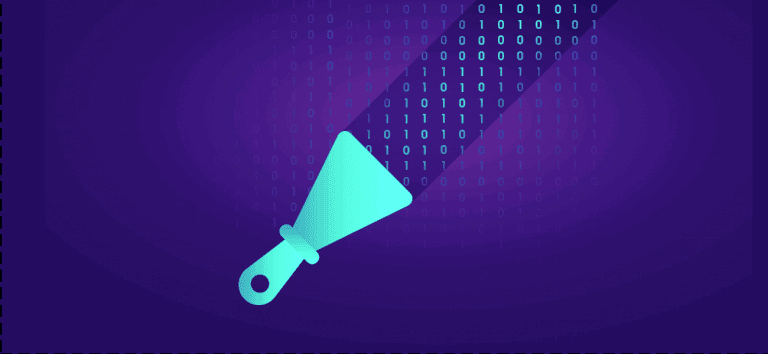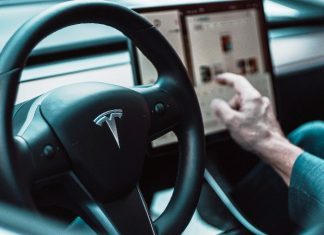Data can be harvested from different sources and used in different ways. While web scraping is considered one of the most effective ways to collect data from multiple sources, most people often confuse the phrase with data mining. They use web scraping and data mining interchangeably and argue that both terms refer to the same process.
We should state, however, that this cannot be any further from the truth as both terms hold distinct meanings with very different applications. But to point out their difference, let us first see what both terms mean and the many different ways they can be applied. Perhaps, this will deliver to us a hint about their differences before we summarise them in a tabular form.
What is Web Scraping?
Web scraping can be defined as the technique used to harvest a large amount of user data from the web. The process works automatically to gather data from several sources repeatedly. This data is collected in the raw form known as HTML before parsing and transforming into an easily understandable format such as CSV or JSON. Then it is stored in any storage unit you have provided for further analysis or usage.
Web scraping works by using sophisticated scraping bots and proxies. While the proxies clear the path to the data source and make the process automated, the bots are responsible for crawling the different sources and harvesting whatever data you need. Hence, it is most popular for facilitating an otherwise tedious process and eliminating the errors and delays commonly associated with manual data collection.
What are the Main Use Cases of Web Scraping?
There are several ways that both businesses and individuals and below can apply web scraping are some of the main ones:
Monitoring Brand Reputation
Web scraping is generally applied in monitoring reviews and discussions about a brand across several platforms. When the necessary data has been gathered, the brand may then take necessary actions to address those issues and maintain a pristine brand image at all times.
Competition Monitoring
Monitoring the competition in today’s market is essentially how brands stay ahead and compete better. And web scraping can be easily used to gather data about the competition from websites and search engines.
Image Scraping
To scrape images from websites is also another very common usage of the web scraping process by using proxies to bypass restrictions and the bots to collect the images. Learn more about how to scrape images from websites using Python.
Lead Generation
Businesses need to generate leads regularly as they often always turn into customers. And since these leads are often scattered across different platforms, web scraping has proven to become a very effective way to gather them.
What Is Data Mining?
Data mining can be defined as the technique used in analyzing and sorting through already harvested large sets of data. The process is often done using Artificial Intelligence (AI) or other machine learning tools to find and identify patterns within an enormous amount of user data. Once identified, the data can then be grouped into different classes to allow for an easier application.
Summarily, data mining is a process used to make sense of the large amount of data collected during web scraping. So we can say that data mining follows web scraping, and once the data has been harvested, the following steps are used to mine the data:
- The harvested data is first pre-processed
- Then considerations are made that indicate model and inferences
- Certain metrics such as the interestingness of the data are applied
- The complexity of each subset of the data is considered
- The different structures found within the data are put through a post-processing
- The sorted classes are displayed using data visualization
Examples of Data Mining Use Cases
There are many examples of how data mining is used. It is even safe to say that before any harvested data can be properly interpreted or put to meaningful use; it first has to pass through data mining, and below are some of the most common use cases of data mining in today’s digital market:
- Carrying out a market basket analysis and using the buying behavior and preferences of customers to predict future market trends
- It can also be to make a sales forecast and predict what customers will be buying in the nearest future based on current data.
- Creating different marketing strategies for companies based on what the data say
Differences between Web Scraping & Data Mining
And now, let us summarize the major differences between web scraping and data mining in a table.
Web Scraping | Data Mining |
| The process of harvesting data | The process of analyzing and sorting through harvested data |
| It precedes data mining | It occurs after web scraping |
| Uses tools such as scraping bots and proxies | Uses AI or other machine learning tools |
| Use cases include brand monitoring and protection, scraping images from the website, competition, and market monitoring, etc. | Use cases include conducting market analysis, making sales forecasting, developing company strategies, etc. |
Conclusion
Web scraping and data mining are becoming increasingly important mainly because of how easy they make harvesting data and making sense. And even though both concepts work hand in hand and maybe easily confused with one for the other, we can see how strikingly different they are.






![[LISTS] Best Chat GPT App for iPhone – Can You Handle the Suspense? Best Chat GPT App for iPhone](https://www.techinpost.com/wp-content/uploads/Best-Chat-GPT-App-for-iPhone-324x235.png)

